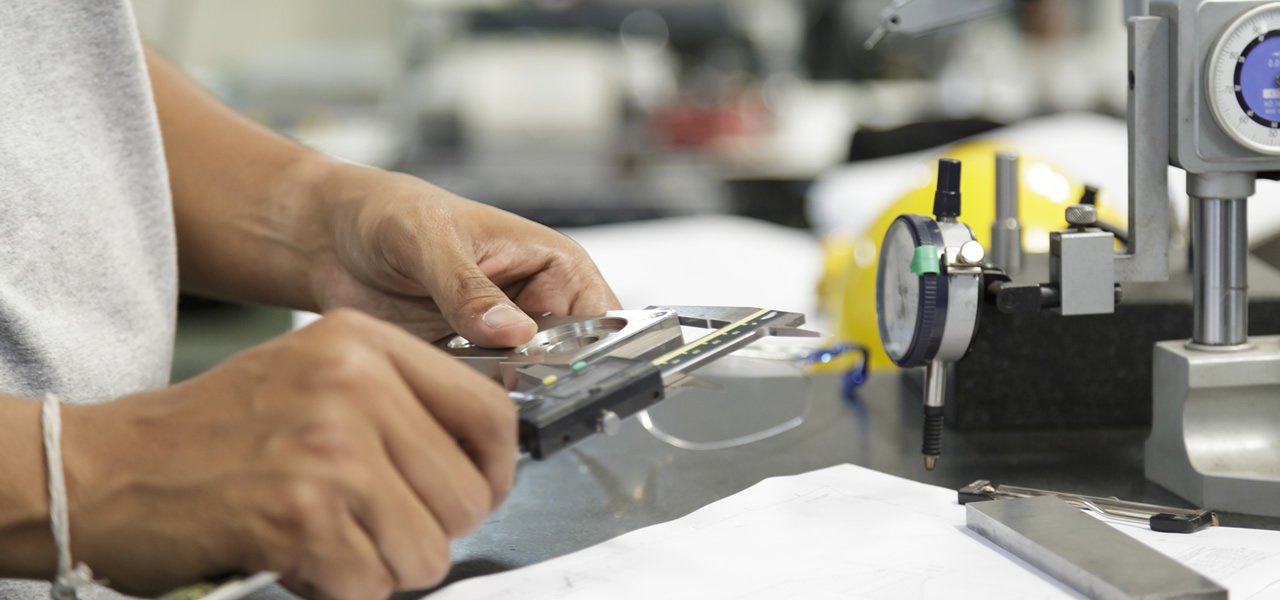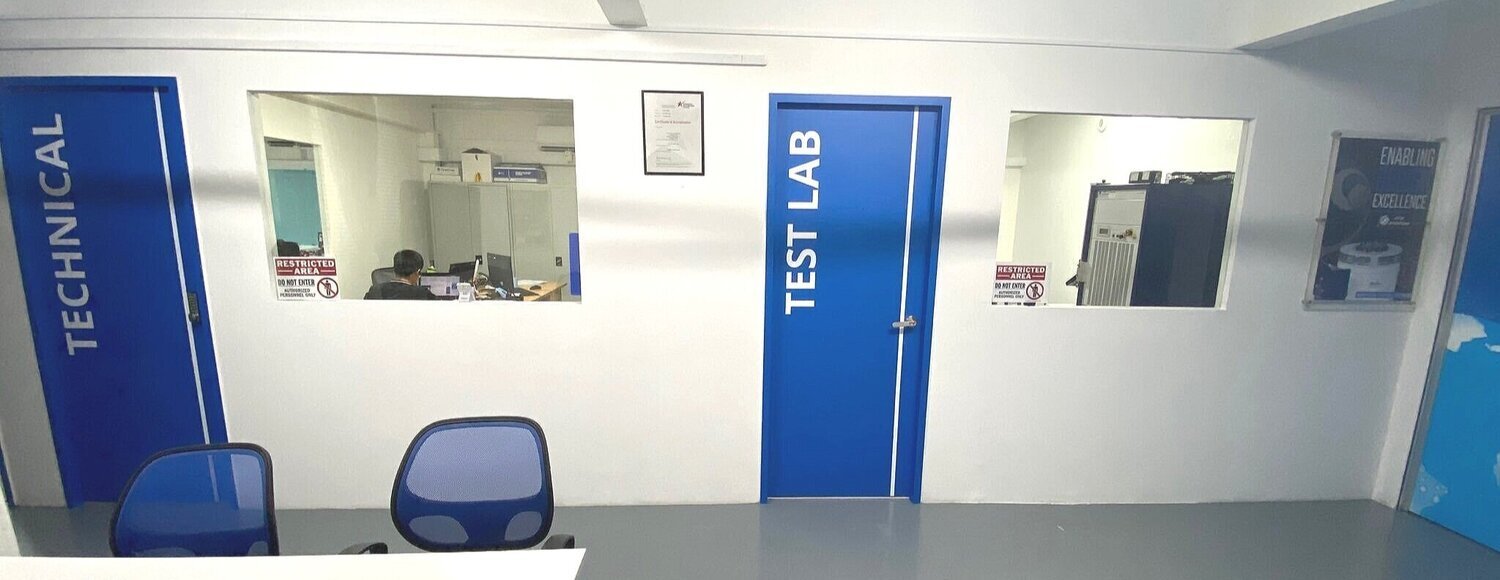Data Logger Calibration Checklist
Data loggers are widely used in many industries to collect and record data for various applications. They come in different types and models, and each has its own set of specifications and accuracy levels. To ensure that your data logger is providing accurate measurements, regular calibration is necessary. Calibration involves comparing the readings of your data logger to a known reference standard and making adjustments as needed.
Herewith, we present a comprehensive checklist for data logger calibration services to help you ensure accurate and reliable data measurements. Data loggers are widely used in many industries to collect and record data for various applications. They come in different types and models, and each has its own set of specifications and accuracy levels. To ensure that your data logger is providing accurate measurements, regular calibration is necessary.
Calibration involves comparing the readings of your data logger to a known reference standard and making adjustments as needed. Follow this checklist to ensure that your data loggers are calibrated accurately and reliably.
1. Verify the instrument's accuracy:
Verifying the accuracy of your data logger is crucial to ensure that it is providing reliable measurements. To do this, you need to use a calibrated reference standard that is traceable to a national or international standard. The reference standard should be at least four times more accurate than the data logger you are calibrating. Use the reference standard to take readings and compare them to the readings taken by the data logger. If there is a significant difference, adjust the data logger settings until it matches the reference standard.
2. Check for sensor drift:
Over time, sensors can experience drift or deviation from their expected value. This can be caused by factors such as changes in temperature, humidity, and environmental conditions. To check for sensor drift, record the output from the data logger sensor over time and compare it to the expected value. If there is a significant deviation, the sensor may need to be replaced.
3. Inspect the physical condition:
The physical condition of your data logger is just as important as its accuracy. Before calibration, inspect the data logger for any physical damage or wear that could affect its performance. Check the case, cables, connectors, and any other accessories. If you notice any damage, have it repaired or replaced before proceeding with calibration.
4. Verify the battery life:
Data loggers are typically powered by batteries, so it's important to ensure that the battery is fully charged and in good condition. A low battery can affect the accuracy of the data logger. To verify the battery life, check the battery level indicator on the data logger or use a battery tester. If the battery is low, replace it with a fresh one before calibration.
5. Calibrate the data logger:
Calibrating the data logger involves adjusting its settings to match the reference standard and ensuring that the calibration is within the instrument's specified accuracy. The calibration process typically involves making a series of measurements with the reference standard and data logger, adjusting the data logger settings, and repeating the measurements until the readings match. Once the calibration is complete, record the calibration results and provide the customer with a calibration certificate.
6. Record the results:
Documentation is a crucial part of the calibration process. Record the calibration process, including the date, technician's name, reference standard used, and calibration results. This information should be kept on file for future reference in case of any issues or disputes.
7. Provide a calibration certificate:
After completing the calibration process, provide the customer with a calibration certificate that includes the calibration results, date, technician's name, and any other relevant information. This certificate is proof that the data logger has been calibrated and is providing accurate measurements. For reliable and accredited calibration services, trust AscendTech Group. As an ISO 17025 SAC-SINGLAS Accredited Laboratory, we ensure that your data loggers are calibrated to the highest standards.
By following this comprehensive checklist, you can ensure that your data loggers are calibrated accurately and reliably.
Contact AscendTech Group today to schedule your calibration service and ensure accurate data measurements.
How Can We Help You?
Interested in our Testing & Calibration services? Send us your inquiry via the Testing & Calibration Lab Form and we will be pleased to help you.



